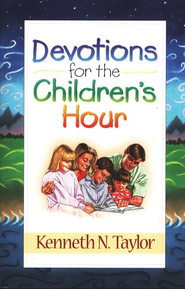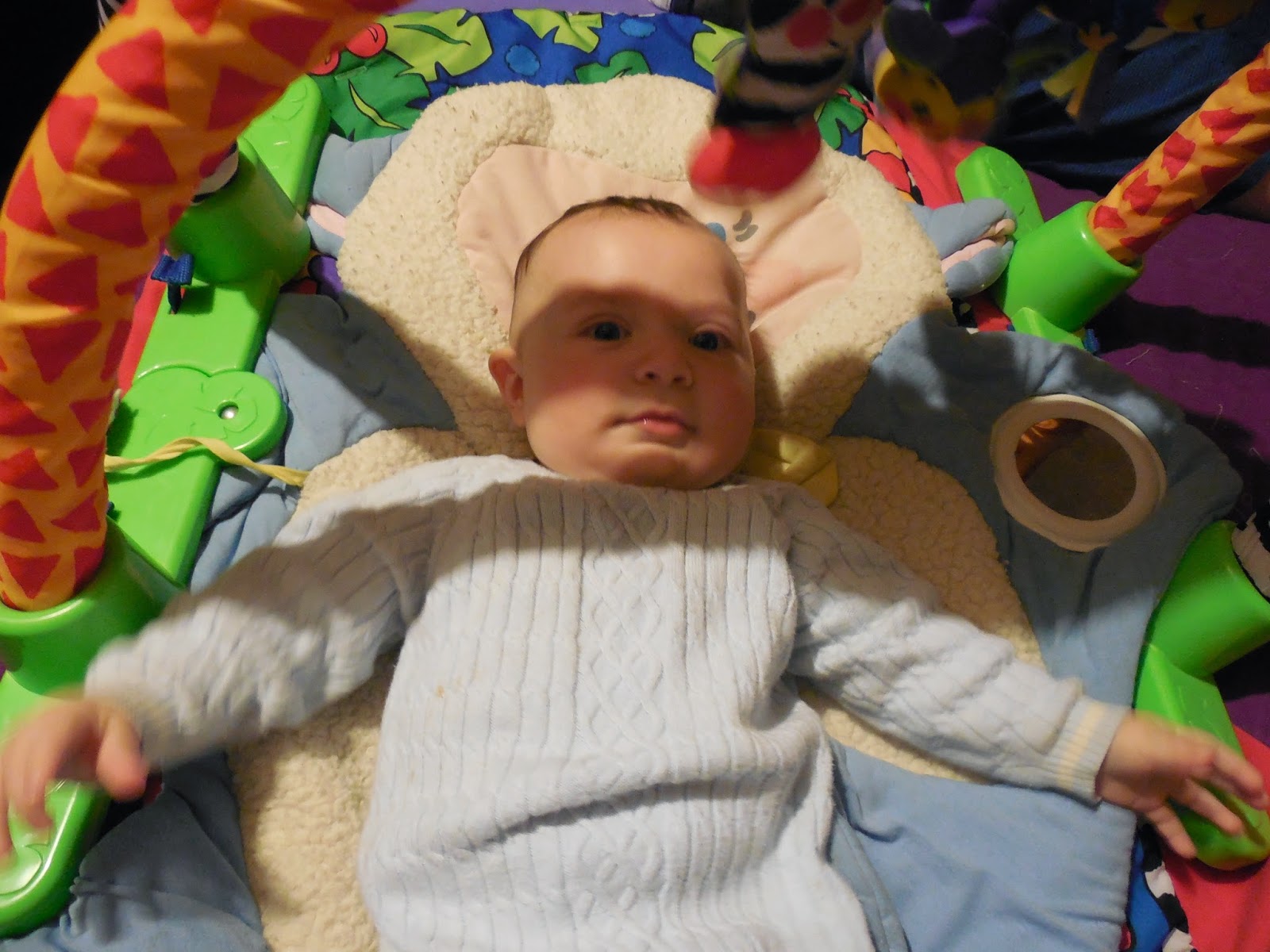WELL, I had wanted to write this two years ago when Thomas was in Kindergarten, but, yeah, I didn't get to it............
So, now that I'm teaching my EIGHTH Kindergartener, and I had a recent inquiry about how to do Kindergarten, I thought I had better get up a post about it.
I practice the "Kindergarten is LOW stress" homeschool method. In most (maybe all?) states Kindergarten is not a requirement. But, of course, because schools do offer it, we moms feel that our children will be behind for their entire academic career if they aren't reading by the end of that year.
In our homeschool, if my Kindergartener wanted to do the work, then we would do work. If they didn't want to, then we wouldn't.
Since I have older kids now (who aren't given that option) the little one who is in Kindergarten usually wants to do work so they can be like big brother or sister.
PHONICS
Brittany (my oldest) was interested in learning to write when she was four, so we started then with phonics. We made a simple ABC book that used magazine cutout pictures for every letter of the alphabet. Now I know some programs discourage using picture/sound association, but I found it helpful if she would forget what "m" sounded like, we could open the the little book and see the picture of the moon or whatever. So, I've used this for every child.
I used to just write simple silly sentences with Brittany like "Brittany is a red man." to introduce short vowel sounds. Then I found the
Bob Books which are basically the same thing. I didn't realize that there were five sets until I was teaching Tyler (my 2nd) to read and so I bought them and have used them with all the kids since then.
I was really excited to find some other moms had created activities to go along with the books!
Walking By the Way has activities for the first two sets, but not the last three.
This Reading Mama has activities for all five sets.
This Reading Mama also has lessons plans for all five sets (also included in the lessons plans are activities from several other bloggers).
She also has extra activities for set one and could maybe be adapted for other sets also.
So far, I have used the first two sets from
Walking By the Way. She has simple activities that require minimal supplies. I take about one week to read the book a couple of times and do the activities for that book.
Supply list for Walking By the Way:
Basic school supplies: pencil, crayons, scissors, glue stick, computer for typing (if your child likes to type)
Extra: bingo marker, small stickers, pair of dice, "markers" for tic tac toe (I used some construction paper squares in two colors), abc tiles (I used foam and made an upper case and a lower case set) and a brown paper bag
All of these things I found at Dollar Tree. I just keep it all in a ziploc so it's together and ready when we pull out the activities.
I have not used the
This Reading Mama activities yet, but just glancing through the supply lists, it looks about the same.
I keep all the printout sorted by book and paperclipped together in a folder. (Because I need to be organized like that.)
Since I have many more children that will be using these, I decided to laminate some of the sheets.
We also check books out from the library that I read aloud to them, and I use read alouds for history and science for the older kids as well, so there is plenty of opportunity for reading comprehension practice for the Kindergartners.
After the Bob Books we move onto easy readers and increase the levels until they seem pretty proficient then move to age appropriate chapter books.
**Homeschooling provides the perfect opportunity to move at your child's own pace. If your child needs more time to "take off" with reading, then you are able to do that. I hate to sound cliche, but some kids, and especially boys, may need a little extra time with reading.
As for writing, I've printed some practice sheets off of the internet or in the early days when my older ones were little I just bought a tablet and wrote a few things that they could copy.
These sheets came from
Confessions of a Homeschooler.
MATH
I've been using
Math U See for a long time. Instead of creating a bunch of busywork worksheets that seems to overtake everything, I laminated the some of the lessons for the Primer and put some of the cutouts on notecards, so they could be used over and over. Really, you could start the Primer for some kids at age 4, because the first half of the book is really very basic. But, if your child finishes the Primer in Kindergarten and stays on track to finish one level per year, then by 7th grade they will be completing PreAlgebra which is the average college level track.
Also, there are
activity sheets for Primer if you'd like to use those. I did print off a few and laminated them.
I made these numbers for decimal street years ago. I printed off some clip art cars and numbers and just laminated them.
This is also the same
decimal street I made years ago.
I also keep various puzzles, file folder games and such on hand so that my Kindergarteners can rotate through activities (which is especially helpful when I need some quiet time to work with the older kids.) It's mainly stuff I've made or picked up at the dollar tree or yard sale.
For everything else........
I think the two biggest "sit down" subjects to work on for Kindergarten are phonics/reading and math. Everything else (science, social studies, etc.) can easily be learned by reading books aloud, nature study, games, puzzles, etc. I would say, even until maybe the fourth grade, you could keep the focus that way. But, if you prefer to do things differently, then BY. ALL. MEANS. It's your choice. ;)
If you only have a Kindergartener, then you could just add things in that they are interested in, or maybe put up a calendar and go over the days of the week and months. Keeping a weather chart is great, too.
I like to use this devotion for the younger ones for Bible Study.


And, that's about it!





%2B-%2BCopy.jpg)
.jpg)
.jpg)


































.jpg)